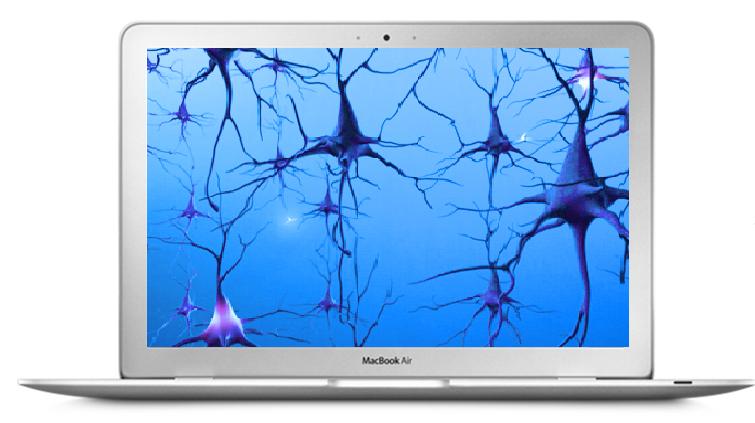Team:Valencia
From 2009.igem.org
(→Valencia iGEM09 Abstract) |
(→Valencia iGEM09 Abstract) |
||
| Line 67: | Line 67: | ||
<tr> | <tr> | ||
| - | <td><html><a href="https://2009.igem.org/Team:Valencia/Human" target="_blank"> <img src="https://static.igem.org/mediawiki/2009/a/a5/V_Ranking.jpg" ></a></html></td> | + | <td><html><a href="https://2009.igem.org/Team:Valencia/Human" target="_blank"> <img src="https://static.igem.org/mediawiki/2009/a/a5/V_Ranking.jpg" width="30%" ></a></html></td> |
</tr> | </tr> | ||
</table> | </table> | ||
Revision as of 16:15, 7 August 2009
Valencia iGEM09 Abstract
The iGEM Valencia Lighting Cell Display (iLCD) is our project for the present iGEM competition. We plan to make a “bio-screen” of voltage-activated cells, where every “cellular pixel” produces light. Using electrical signals instead of chemical stimulation, as in the Coliroid project (Levskaya et al, Synthetic biology: Engineering Escherichia coli to see light. Nature 438, 441-442), we will be able to see animated pictures!
Several kinds of cells that are able to sense and respond to electrical signals will be considered, namely neurons, cardiomyocites, muscle cells and yeasts. We will design an electronic device which allows the cooperative work of all the cells in such a way that they will be able to reproduce an image in movement, building up a "bio-screen" for the first time in history.
We are also going to reflect on the perception that different groups of people, from a variety of educational levels and professional areas, have of Synthetic Biology. For this reason, we have made a survey that has already [http://igemvalencia.questionpro.com/ been published] that we are sure will be of interest.
iLCD will be a major advance in Synthetic Biology, opening the field of Green Electronics, integrating electrical signals with cell behaviours. This will reduce the response time of the cells to the activation signal by up to two orders of magnitude, as well as foster the combination of Electronics and Biology.
 "
"









